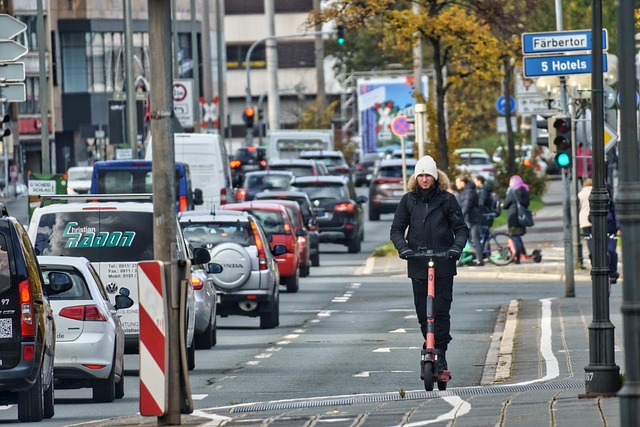Embracing Sustainable Mobility: Transport Sustainability for Rural Development
In recent years, the concept of a sustainable lifestyle has grown increasingly vital, especially in rural areas where communities often grapple with unique transport challenges. The way we move not only affects our environment but also shapes the very fabric of rural development. Embracing transport sustainability can catalyze positive change, enhancing connectivity, and fostering a robust economy in these regions.
The dependence on fossil fuels and traditional transport modes contributes significantly to greenhouse gas emissions. In rural communities, where public transport options may be limited, individuals often rely on personal vehicles. This reliance can create not only an environmental burden but also a socioeconomic barrier. By championing sustainable transport solutions such as electric vehicles, cycling, and walking, we pave the way for a healthier planet and more equitable communities.
One promising approach is the development of integrated public transit systems that prioritize low-emission options, making it easier for rural residents to access education, healthcare, and employment opportunities. Additionally, investing in cycle paths and pedestrian-friendly infrastructure not only supports sustainable practices but also encourages a sense of community and well-being. Imagine a world where children walk to school safely, families ride bicycles to local markets, and residents feel empowered to choose greener alternatives!
Rural development can greatly benefit from these sustainable transport initiatives. Enhanced mobility can lead to economic opportunities, improved access to services, and a greater sense of community. When individuals embrace a sustainable lifestyle, they are making a conscious choice to contribute to a healthier environment while also strengthening local economies. Small farms can flourish by connecting producers to consumers through local markets, all facilitated by efficient and sustainable transport options.
Moreover, educational programs aimed at promoting awareness of sustainable transport can significantly impact how residents perceive mobility in their daily lives. Workshops and community events focused on the benefits of walking, biking, and carpooling can engage citizens and inspire them to take action. It is time to craft a narrative around transport that highlights its role in achieving a sustainable future, particularly in rural areas where change can be profoundly transformative.
As we think about the future of mobility, it’s important to recognize the interconnectedness of these systems. Transport sustainability is not just about the vehicles we use, but also about creating an infrastructure that supports a sustainable lifestyle. By combining modern technology with traditional values, rural communities can cultivate environments where mobility enhances life quality, protects natural resources, and fosters economic growth.
Ultimately, embracing sustainable mobility in rural development is a collective effort that requires commitment from individuals, communities, and policymakers. Together, we can build a future where sustainable transport options not only nurture our land but also enrich our lives, fostering a vibrant rural landscape that aligns with the principles of a sustainable lifestyle. The journey towards sustainability starts with us, and every step we take can lead to meaningful change.



